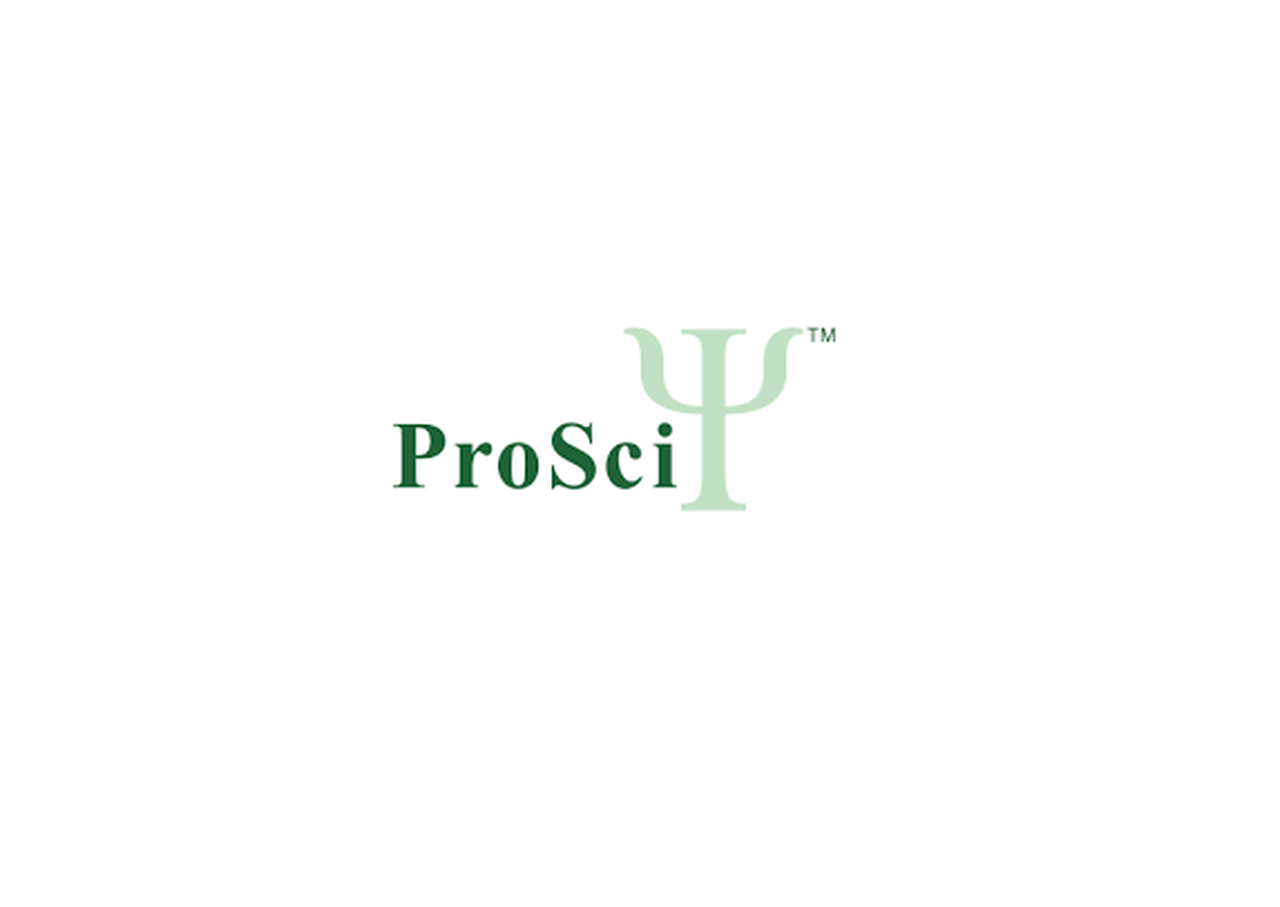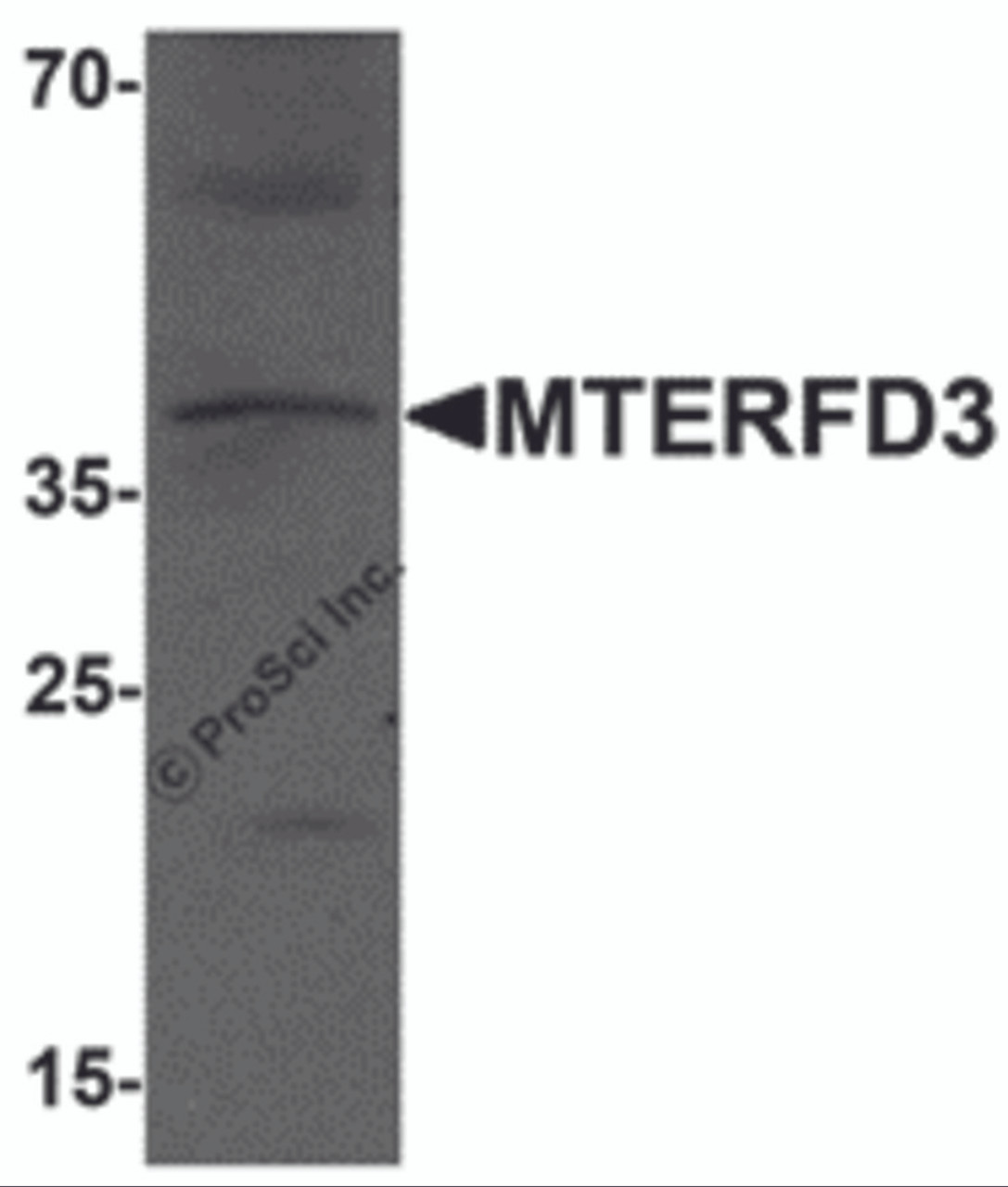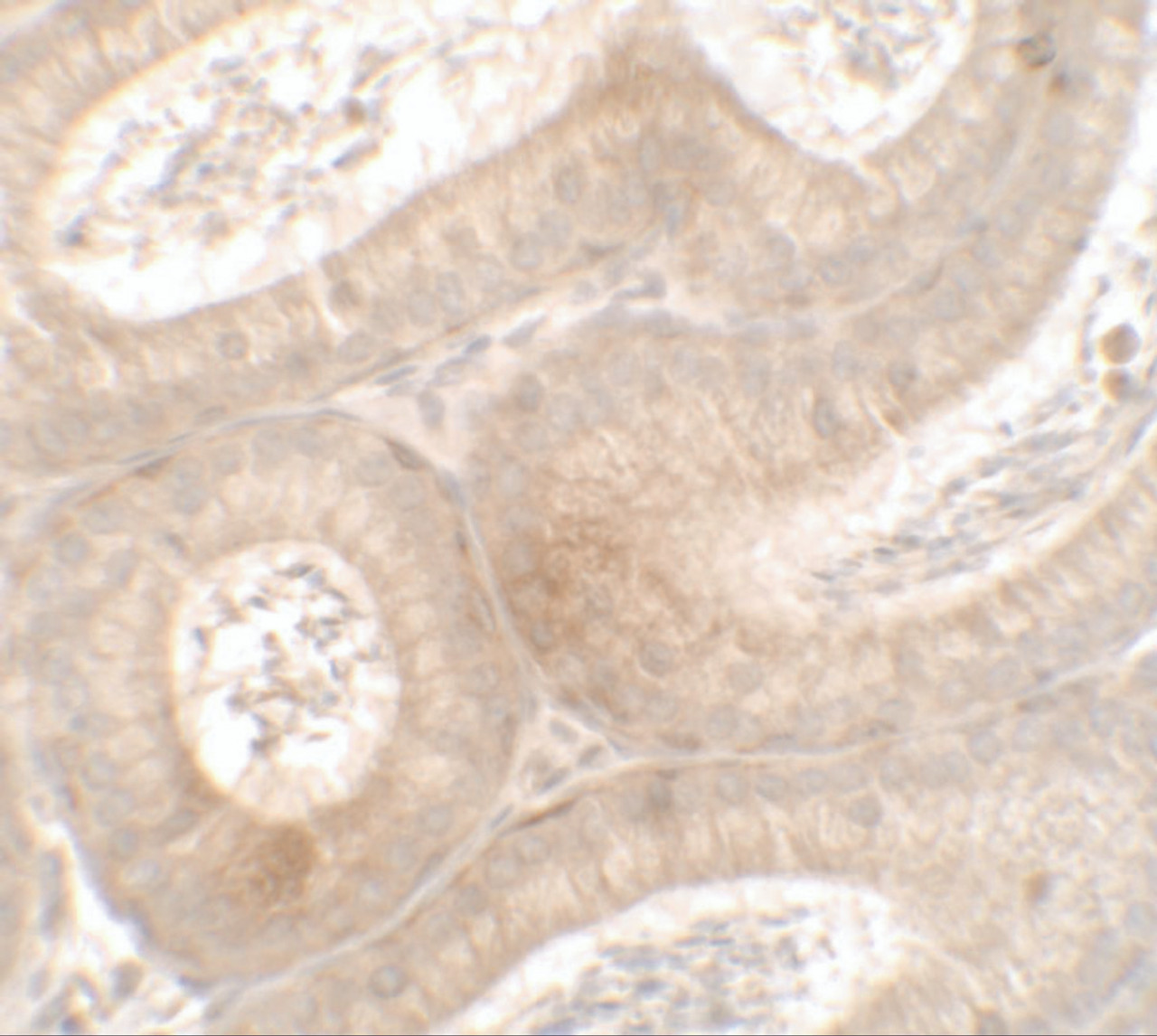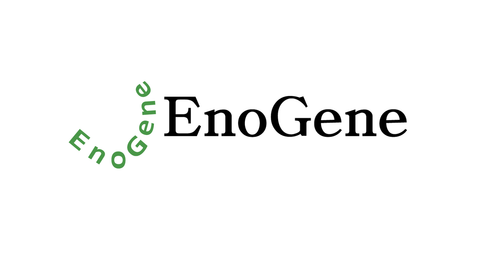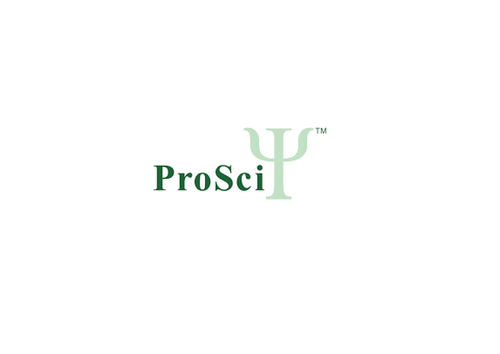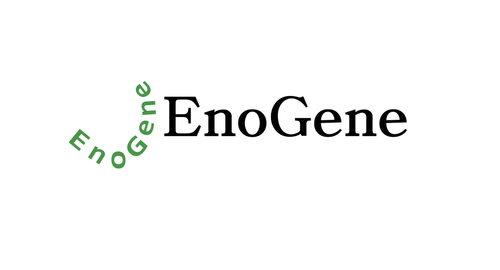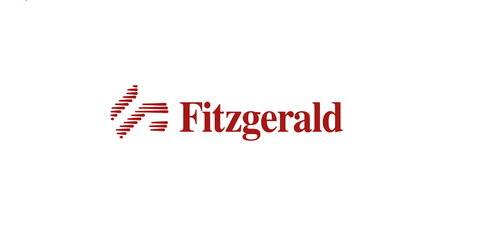Product Description
MTERFD3 Antibody | 7285 | ProSci
Host: Rabbit
Reactivity: Human, Mouse
Homology: Predicted species reactivity based on immunogen sequence: Rat: (76%)
Immunogen: MTERFD3 antibody was raised against an 18 amino acid peptide near the amino terminus of human MTERFD3 .
The immunogen is located within amino acids 20 - 70 of MTERFD3.
Research Area: Cancer, Cell Cycle
Tested Application: E, WB, IHC-P
Application: MTERFD3 Antibody can be used for detection of MTERFD3 by Western blot at 1 μg/mL.
Antibody validated: Western Blot in human samples and Immunohistochemistry in mouse samples. All other applications and species not yet tested.
Specificiy: MTERFD3 antibody is predicted to not cross-react with other MTERFD protein family members.
Positive Control 1: Cat. No. 1313 - Human Testis Tissue Lysate
Positive Control 2: N/A
Positive Control 3: N/A
Positive Control 4: N/A
Positive Control 5: N/A
Positive Control 6: N/A
Molecular Weight: Predicted: 42 kDa
Observed: 40 kDa
Validation: N/A
Isoform: N/A
Purification: MTERFD3 Antibody is affinity chromatography purified via peptide column.
Clonality: Polyclonal
Clone: N/A
Isotype: IgG
Conjugate: Unconjugated
Physical State: Liquid
Buffer: MTERFD3 Antibody is supplied in PBS containing 0.02% sodium azide.
Concentration: 1 mg/mL
Storage Condition: MTERFD3 antibody can be stored at 4˚C for three months and -20˚C, stable for up to one year.
Alternate Name: MTERFD3 Antibody: mTERF2, mTERFL, mTERF domain-containing protein 3, mitochondrial, Mitochondrial transcription termination factor 2, mTERF2
User Note: Optimal dilutions for each application to be determined by the researcher.
BACKGROUND: MTERFD3 Antibody: Members of the mTERF (mitochondrial transcription termination factor) family, are mitochondrial proteins that are believed to be transcription termination factors. MTERFD3 was initially identified through differential display analysis and is expressed primarily in heart, liver, pancreas and skeletal muscle. MTERFD3 is believed to be involved in cell cycle regulation and cell growth by modulating mitochondrial transcription, and may be a serum-inhibitory factor.
 Euro
Euro
 USD
USD
 British Pound
British Pound
 NULL
NULL

